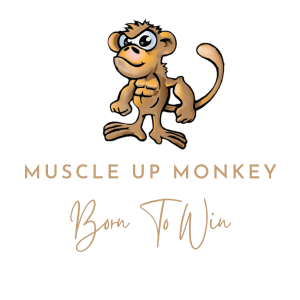Food labelling is the process of providing information to consumers about the food they are purchasing. This includes information such as the ingredients, nutritional value, and other information related to the food. Food labelling is important in helping consumers make informed decisions when it comes to the food they purchase and eat. Labelling also helps to ensure food safety, as certain foods may contain allergens or other ingredients that could be harmful to certain individuals.
Food Labelling ingredients example: (Nutrition Information)

As you can see above under nutrition information chia seeds are a rich source of nutrition, containing essential fatty acids, dietary fiber, minerals and vitamins. They are a good source of omega-3 fatty acids, iron, calcium, magnesium, phosphorus, and zinc. Chia seeds also contain antioxidants, which are beneficial for fighting free radicals in the body. One ounce (28 grams) of chia seeds contains 138 calories, 4.4 grams of protein, 9.8 grams of fat, 12.3 grams of carbohydrates, and 11 grams of fiber. Chia seeds are also a good source of several vitamins and minerals, including thiamin, riboflavin, niacin, folate, and vitamins A, B6, and E.
You should stay away from processed foods, as well as foods high in saturated fat and added sugar, such as candy, chips, pastries, and sugary drinks. Additionally, it is best to limit or avoid foods high in sodium, trans fats, and cholesterol. Most of the time you can find this information on the back of products.
Food Labelling and dates
Food labelling and dates are important for indicating to consumers the freshness of the food they are buying. Food labelling includes information such as the product name, ingredients, nutrition facts, use-by or best-before dates, storage and preparation instructions, country of origin and the manufacturer’s name and address. The use-by date of a food product is the date up to which a food is safe to eat. It is important to adhere to this date as food that is past this date may contain harmful bacteria which could cause food poisoning. The best-before date indicates the date up to which a food is at its best quality but does not necessarily mean the food is unsafe to eat past this date. It is important for consumers to be aware of food labelling and dates, so that they can make informed decisions about the food they purchase.

